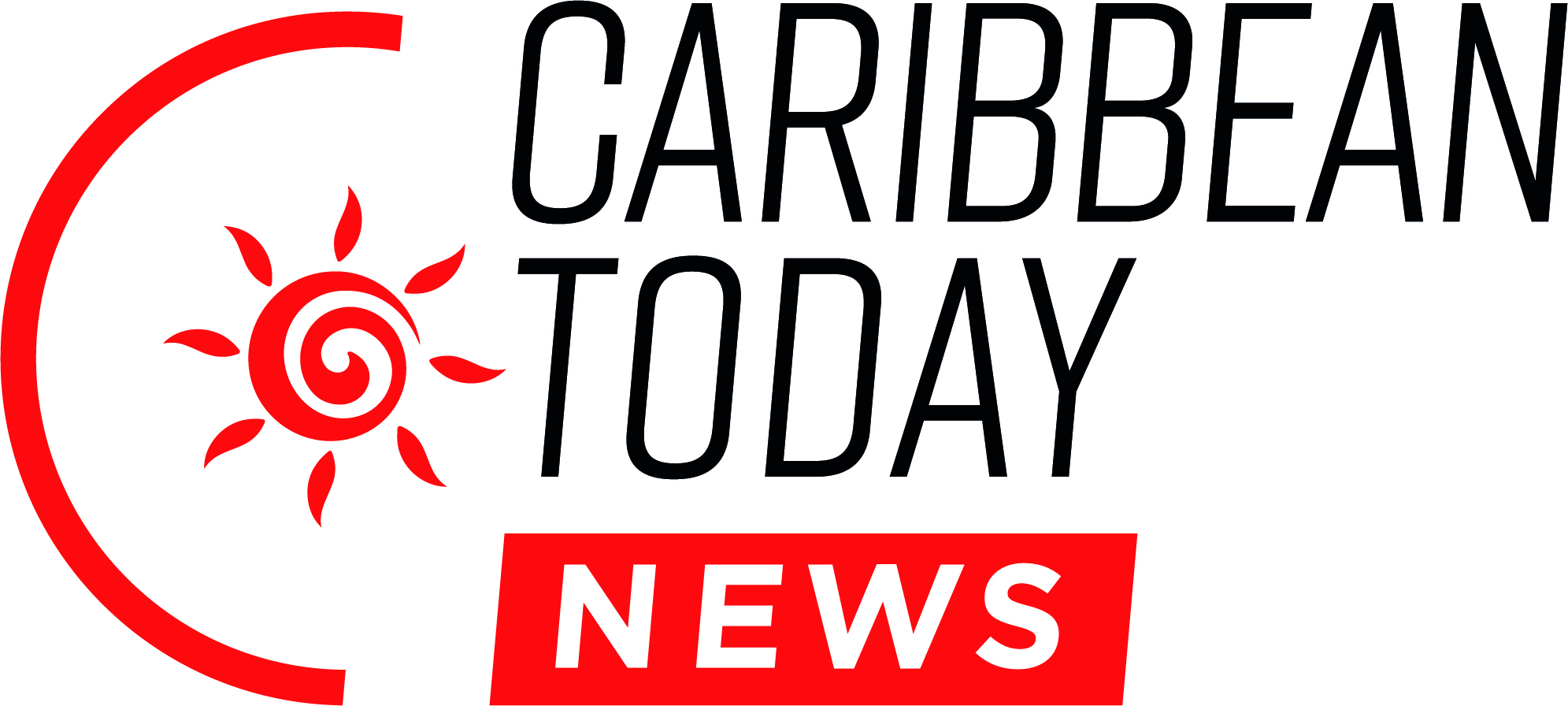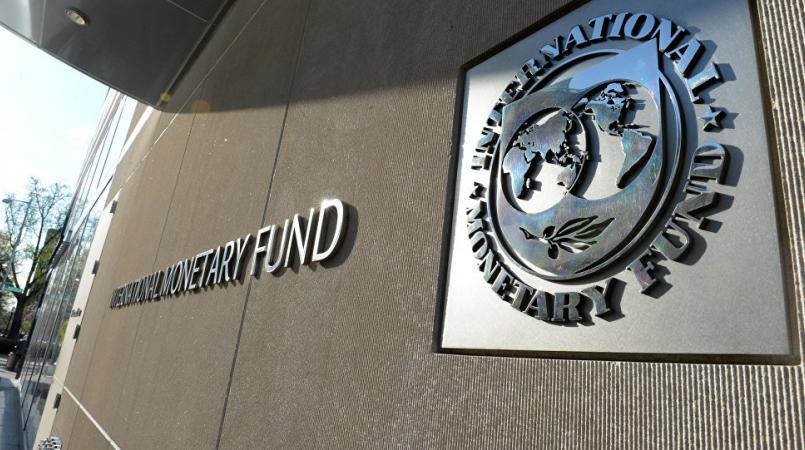The International Monetary Fund (IMF) Monday said Guyana’s economy continues to grow very rapidly, supported by the government’s modernisation plans, including the unparalleled oil sector expansion.
An IMF delegation, led by senior economist, Alina Carare, has ended a two-week visit here holding discussions with various stakeholders, including Vice-President Bharrat Jagdeo, Finance Minister Dr Ashni Singh, as well as the Central Bank Governor Gobind Ganga, and representatives from the private sector and labour unions.
The IMF said that following record real gross domestic product (GDP) growth in 2022 of 62.3 per cent, the highest in the world, “real GDP is expected to continue to grow extremely fast in 2023 at 38 per cent”.
It said oil production is ramping up with the coming on stream of a third oil field, and growth in the non-oil sector is supported by the implementation of a fast-paced public investment program focused on providing transportation, housing, and flood management infrastructure, and raising human capital.
Spillovers from oil and construction are supporting growth in the services and supplies sectors, while agriculture, mining and quarrying are also performing well.
The IMF said that after a strong 2022, in the first half of 2023, real non-oil GDP grew by 12.3 per cent. It said inflation reached 7.2 per cent at end-2022, in line with other countries in the region, and declined to 1.2 per cent on a year-on-year basis in July 2023, with the decline in transportation and communication prices.
The Washington-based financial institution said the external current account swung into a large surplus in 2022, of 23.8 per cent of GDP, and another large surplus is expected in 2023. Banks are well-capitalised and liquid.
The IMF said that the outlook for medium-term growth is better than ever before.
“Oil production will continue to expand rapidly as three new approved fields will come on stream between 2024-27, and a sixth field is expected to come on stream in the first half of 2028.
“Sustained real non-oil GDP growth of 5.5 per cent is projected, as the government continues its ambitious plans to address developmental needs. Guyana’s favourable medium-term growth prospects are accompanied by upside and downside risks”
The IMF said on the upside, further oil discoveries would continue to improve growth prospects.
It said construction growth and strong public investment may support higher than expected short-term non-oil growth but could also lead to inflationary pressures and the appreciation of the real exchange rate beyond the level implied by a balanced expansion of the economy, overheating, and the crowding out of credit to the private sector.
Adverse climate shocks, and volatile or lower-than-projected commodity prices, may also negatively impact the economy.
The IMF said that the fiscal and monetary policy mix is appropriate at this time and that the current expansionary fiscal policy stance as appropriate, given the country’s development needs and the existing slack in the economy.
“ Although there was robust employment growth in the oil, services and construction sectors, the unemployment rate was 12.4 per cent in 2022, and staff estimates show that the output gap remains negative.
Monetary policy appropriately balances the expansionary fiscal stance. The increase in broad money of about 10 per cent until June 2023 (since December 2022), and in credit to the private sector of about 5 per cent in the same period, remain below the nominal growth of the non-oil economy.
“Although credit to the government is also increasing, it is not crowding out credit to the private sector. Bank of Guyana is monitoring macro-financial risks with eight indicators, including credit-to-GDP measures and the systemic risk matrix,” the IMF said.





